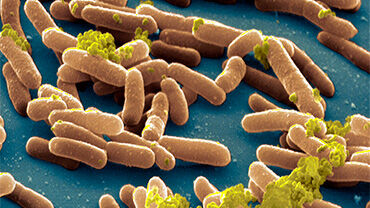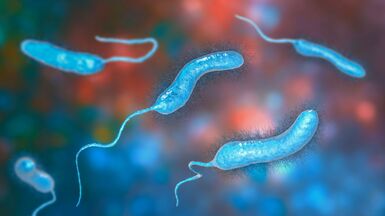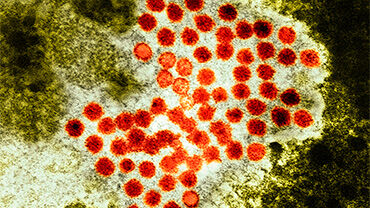Animal-to-human diseases: ECDC presents salmonella control as an EU success storyArchived
In a joint seminar by Directorate General for Health and Consumer Affairs (DG SANCO), European Food Safety Authority (EFSA) and ECDC at the European Parliament, Marc Sprenger highlighted the decrease of Salmonella infections in EU.
ECDC participated at the European Parliament in a joint seminar by Directorate General for Health and Consumer Affairs (DG SANCO), European Food Safety Authority (EFSA) and ECDC. Hosted by EP Vice-President Dagmar Roth-Behrendt, the “Animal-to-human diseases: How does Europe protect its citizens” seminar addressed issues such as the human cost of zoonoses, trends in food-borne diseases, challenges and lessons learnt from epidemiological investigations on the 2011 E.coli outbreak and salmonella controls.
In the introductory remarks, ECDC Director Marc Sprenger spoke about salmonella as an EU success story. In 2005-2006, a joint ECDC/EFSA analysis of animal-to-human diseases identified salmonella as one of the diseases of most concern in the EU. DG SANCO then formulated Salmonella Action Plan, a package of control measures to reduce the prevalence of this infection in farm animals. The idea behind it was if you reduce salmonella among farm animals, you will also reduce it among humans.
Data produced by ECDC over the last 5 years has shown the human health impact of the Action Plan, namely a decrease of the disease among people in the EU: the frequency of Salmonella notifications per 100 000 persons has decreased by 43 percent between 2006 and 2010. “The challenge now is to target other animal-to-human diseases in the same way”, Marc Sprenger sustained.
Marc Sprenger remarks Opening remarks "Lessons learned from the EHEC outbreak in Germany"







